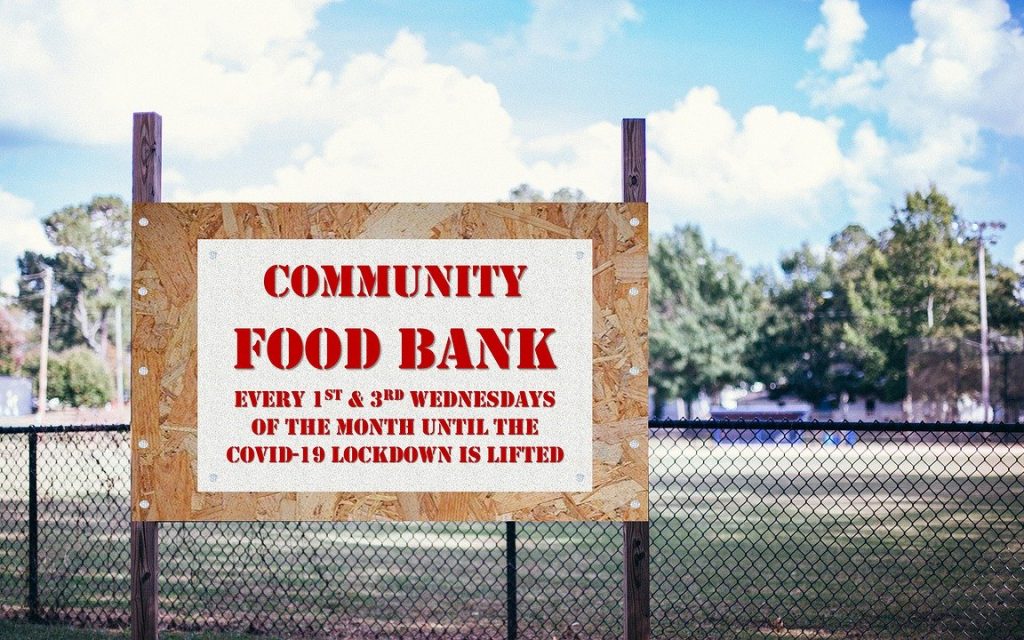 Poverty
Poverty 
Jamie Oliver’s recent outburst about the poor diets of many people on low incomes is the latest in a long list of pronouncements a about the habits of the poor.
Is Jamie right?
Jamie’s absolutely right to highlight the poor diets of low income households. According to the Welsh Health Survey 2011, less than a quarter of unemployed people in Wales eat 5 portions of fruit and veg a day, compared with about 39 per cent of people in professional and managerial jobs. People clearly do, all too often, live off cheese and chips, white-sliced and baked beans, crisps and Cola.
So why don’t low income families eat better?
What low income households spend their money on has a lot to do with lack of money. ONS figures show that on average, low income families spend less than half the amount on food and drink as the best off households, and food and drink account for a much higher proportion of household spending in low income families compared with high income ones.
And if that isn’t enough, food price inflation has outstripped other inflation. Since 2005, the Consumer Price Index has risen from 100 to 121.2, but the price of food has increased by much more than this.
In other words, people on low incomes spend the highest proportion of their incomes on food and living costs, although the least in cash terms, and have seen some of the highest rates of inflation. It’s no wonder that 88 per cent of all households say they are worried by rising food costs, according to a Which? survey, with more than half saying it is difficult to eat healthily.
The consequences are all too clear. Despite all the health messages, despite all the advice, the proportion of people eating 5 or more portions of fruit and veg a day declined in Wales between 2008 and 2011. And while consumption decreased slightly in all socio-economic groups, it was greatest amongst people who are unemployed or have never worked.
So what about that f***** massive telly?
What really bugs the critics is that people on low incomes should do anything other than survive. No recreation, no fun, nothing to cheer you up is permitted if you are poor.
In fact, people on low incomes actually don’t spend much on recreation. Just over 10 per cent of the spending of poorest ten percent of households (not adjusted for size) goes on ‘recreation and culture’ (£18 pw) – about 60 percent of what they spend on food. Compare this with the best off ten per cent. They spend more than three times as much on reaction and culture than poor people, and more than they spend on food.
Now, if you only have £18 p.w. for “recreation and culture”, spending £12.99 a week on a 46″ TV from Bright House for 24/7 entertainment for the whole family makes more economic sense than most other types of entertainment. Having a TV is also the norm in UK society – 97 percent of homes have one, says Ofcom. OK, I will agree with Jamie that you don’t need a f***** massive one. A puny 24″ TV costs £4.49 at Brighthouse, saving £7.50 a week on the 42″. This £7.50 could, it could be argued, be spent on healthy food.
So what would £7.50 a week buy in fruit and veg?*
Well, not a huge amount. The following would cost £7.50 at ASDA today:
- 6 salad tomatoes,
- 2 iceberg lettuce,
- a 3 pack of peppers,
- a cucumber,
- a kilo of Golden Delicious apples,
- 5 bananas,
- a kilo of broccoli and
- a kilo of carrots.
A family of four would need 140 portions of fruit and veg a week to meet their 5 a day (4 x 5 x7) – this £7.50’s worth provides just 50-60 portions by my rough adding up. So, the saving made by buying a small TV isn’t enough to buy enough fruit and veg for a family of more than 2- 3 people. Even NO TV wouldn’t save enough money to pay for all the fruit and veg a family would need. On top of this, you can’t talk about a tomato, apple and carrot with your mates in the same way as you can talk about the X Factor, you can’t sit round a bowl of salad for a laugh, and a kilo of broccoli won’t entertain you 24/7.
So the truth is that a TV, be it f******* massive or minute, doesn’t make the difference between eating enough fruit and veg or not, but it does make a difference to how you connect with other people and amuse the kids on a wet Sunday. No wonder people chose the TV.
This is not to say that cookery skills, or help with money management or clearer guidance on healthy eating won’t help – it may well do. But the underlying problem is that people on low incomes don’t have enough money to buy healthy food AND do the other ordinary things in life.
Instead of being scandalised by the lifestyles of people on low incomes, Jamie should be asking why there are so many people stuck at the bottom of the heap in the first place, and why their incomes are static when prices and the incomes of the best off are soaring.
* incidentally, it will buy you the cheapest starter (a bowl of olives) for 2 people at a Jamie restaurant (£3.75 each).
Victoria Winckler is Director of the Bevan Foundation. Members of the Foundation can access a briefing paper on food and low income in the members’ area.


